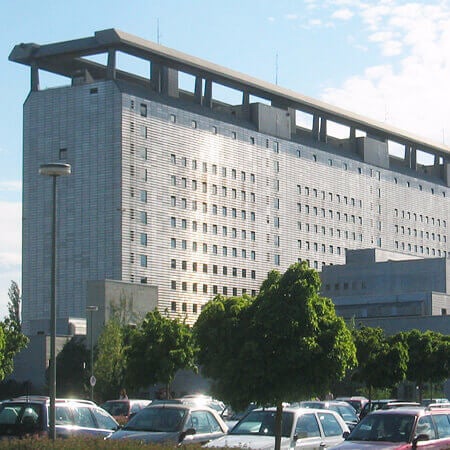About the disease
Bladder neck obstruction is a condition whereby the muscles which connect the urethra to the bladder become blocked for some reason. Bladder neck muscles are responsible for holding urine in the bladder when it is full so that the person can control the time when he/she goes to the toilet. By relaxing the muscles a person enables urination process. If this muscles are blocked, a person may develop problems with urination, such as incontinence, pain and also inability to urinate normally.
According to Healthline, this condition is most common in men, aged over 50. Nonetheless, this condition can also affect women, despite more rarely, as well people of other age groups. If bladder neck obstruction is treated on time, the person is not likely to develop severe complications and problems with urination. However, if treatment is postponed for a long time, a person may develop not only severe incontinence, but also problems with kidneys. Also, people with untreated bladder neck obstruction are more prone to develop infections of the urinary tract. Incomplete emptying of the bladder can also be stressful and disrupt quality of person`s life.
Bladder neck obstruction is a more common condition in men primarily because the main cause of this condition is an enlargement of the prostate. This is a small gland, located around the urethra, responsible for producing the fluid in semen. When it becomes swollen, the muscles in the bladder are blocked by the prostate. In severe cases the urethra will not be able to pass any urine to the bladder, which can cause substantial kidney problems. Men who has their prostate removed can develop bladder neck obstruction as well as a complication of the surgery. Women can develop bladder neck obstruction if their bladder moved down to the vagina. It can develop in women with weakened vaginal walls, which can happen as a result of multiple pregnancies or strenuous physical labor.
Symptoms
- Incomplete emptying of the bladder
- Pain when urinating
- Frequent or irregular urination
- Inability to control the urination process
- Urinary incontinence
Diagnosis
- During a general examination the doctor will examine the prostate in men to determine if it is enlarged or swollen. In women, the gynecologist can detect if the bladder dropped to vagina during pelvic exam.
- An urinalysis is conducted to rule out the possibility of an infection, such as cystitis, which can be causing similar symptoms, such as frequent and urgent urination, accompanied by pain.
- Imaging tests, such as an ultrasound or an X-ray, can detect if there is bladder neck obstruction and the extent of obstruction it creates. Imaging tests can also be used to examine the prostate in men more closely.
Treatment
- Special drugs which relax the muscles of the bladder neck can be prescribed to release the blockage and also assist the urination process. If the cause of obstruction was swollen prostate it needs to be treated as well by special antiinflammatory drugs.
- Plastic operation of the bladder neck is the surgery used to assuage the blockage and ensure normal urination in the future. It also aims to relieve the pressure and alleviate the pain.
Authors: Dr. Nadezhda Ivanisova, Dr. Sergey Pashchenko
















